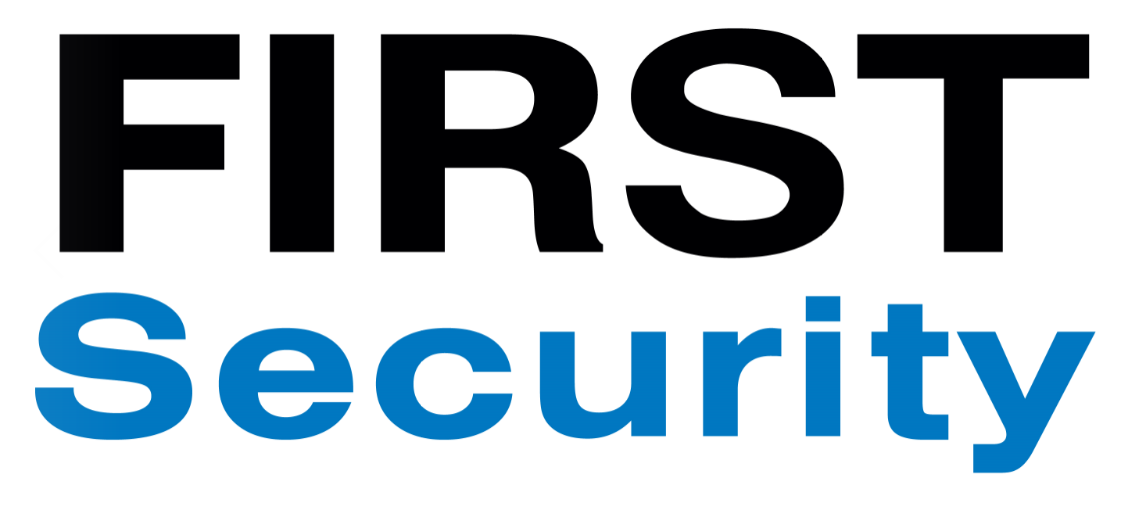1. Introduction to NZ Government's Crowded Places Strategy


Protecting our ‘crowded places’ from attack
A new government strategy provides guidance to venue operators and event organisers in relation to protecting staff and visitors from armed attacks. In this series of posts, FIRST Security’s Chief Operating Officer Steve Sullivan looks at how you can implement the strategy and keep your people safe.
Crowded places are vulnerable places
New Zealand Police has recently published Protecting Our Crowded Places from Attack: New Zealand’s Strategy. The new strategy aims to help owners and operators of ‘crowded places’ protect the lives of people working in, using and visiting their venue.
So, what is a crowded place? Locations that large numbers of people access easily and predictably, such as schools, shopping centres, sporting areas, places of worship, entertainment venues, transport hubs and public transport, buildings and offices, tourist attractions, and civic spaces, are all examples of crowded places. They can also include open spaces like busy streets, parks and pedestrian malls.
These places can be particularly attractive to attackers because of their often-symbolic nature and because of the potential harm they can inflict. Attacks in New Zealand at the Al Noor and Linwood Mosques in Christchurch (2019), at Manchester Arena (2017) and the London Underground (2005, 2018) in the UK, and at Nice’s Bastille Day celebrations (2016) and Paris’ Stade de France and Bataclan Theatre (2015) in France, are all tragic examples.
As we emerge from COVID-19 lockdowns and head into the summer months, entertainment, shopping, sporting, leisure and tourism venues will see visitor numbers swell. This is good for business, but it also means owners and operators will need to have a plan to ensure their venues are safe.
What’s your plan?
In New Zealand, businesses’ emergency planning usually considers risks from hazards such as fire, earthquake or tsunami, but not so much an attack. With responsibilities under the Health and Safety at Work Act – and now the Protecting our Crowded Places from Attack strategy – its timely for venue operators to be reviewing their security plans.
The new strategy introduces a number of helpful guidelines and tools to assist owners and operators of crowded places reduce the chance of an attack occurring and lessen its consequences, and to:
- better understand how to deter, detect, delay and respond to an attack
- conduct self-assessments of the risks of an attack at their location or event, and
- assess the appropriate level of protective security needed.
Accompanying the main strategy document is the following suite of crowded places resources, which are all available online on the New Zealand Police website:
- Self-assessment tool: an eight-question initial assessment of how attractive your location may be to an attacker.
- Assessing protective security tool: to aid your thinking around how to best protect your event from attack, and to support you to improve our security controls.
- Detecting hostile reconnaissance tool: an overview of the potential indicators and security measures that could be considered when developing or reviewing security plans, and measures to mitigate hostile reconnaissance.
- Security audit: to check which security matters are relevant to your crowded place, identify any security gaps that you need to resolve; and record your actions to resolve them.
How we can help
According to the strategy, private security providers have an important role to protect crowded places.
“Sometimes private security personnel (security contractors, risk analysis experts and private security officers) are directly responsible for making crowded places more secure,” states the strategy document. “Often they are the first responders to a terrorist attack or similar incident.”
In the abovementioned stadium-based terrorist attacks in Paris in 2015 and Manchester in 2017, the interventions of private security officers in denying entry to attackers resulted in there being fewer fatalities that might have otherwise been the case. But experienced providers also have the capability to provide specialist advice in relation to proactive security planning, incident prevention, and how to best implement official guidance such as the crowded places strategy.
If you are an owner or operator of a crowded place and wish to review your security, get in touch with FIRST Security to talk about how we can provide you with specialist advice to keep your staff and visitors safe.
Coming up…
In our next post on protecting crowded places from attack we will explore the Self-Assessment Tool, which has been developed to assist owners and operators of crowded places to assess how attractive their venue could be to an attacker.
ABOUT THE AUTHOR: Steve Sullivan is a highly experienced security and business operations leader with 30 years’ experience in the security industry. Prior to joining FIRST Security as its Chief Operations Officer, Steve was General Manager – Regional Operations for Wilson Security, based in Melbourne. His career has focussed on leading highly-respected security organisations to improved services, unparalleled customer service and success.
Related Content

